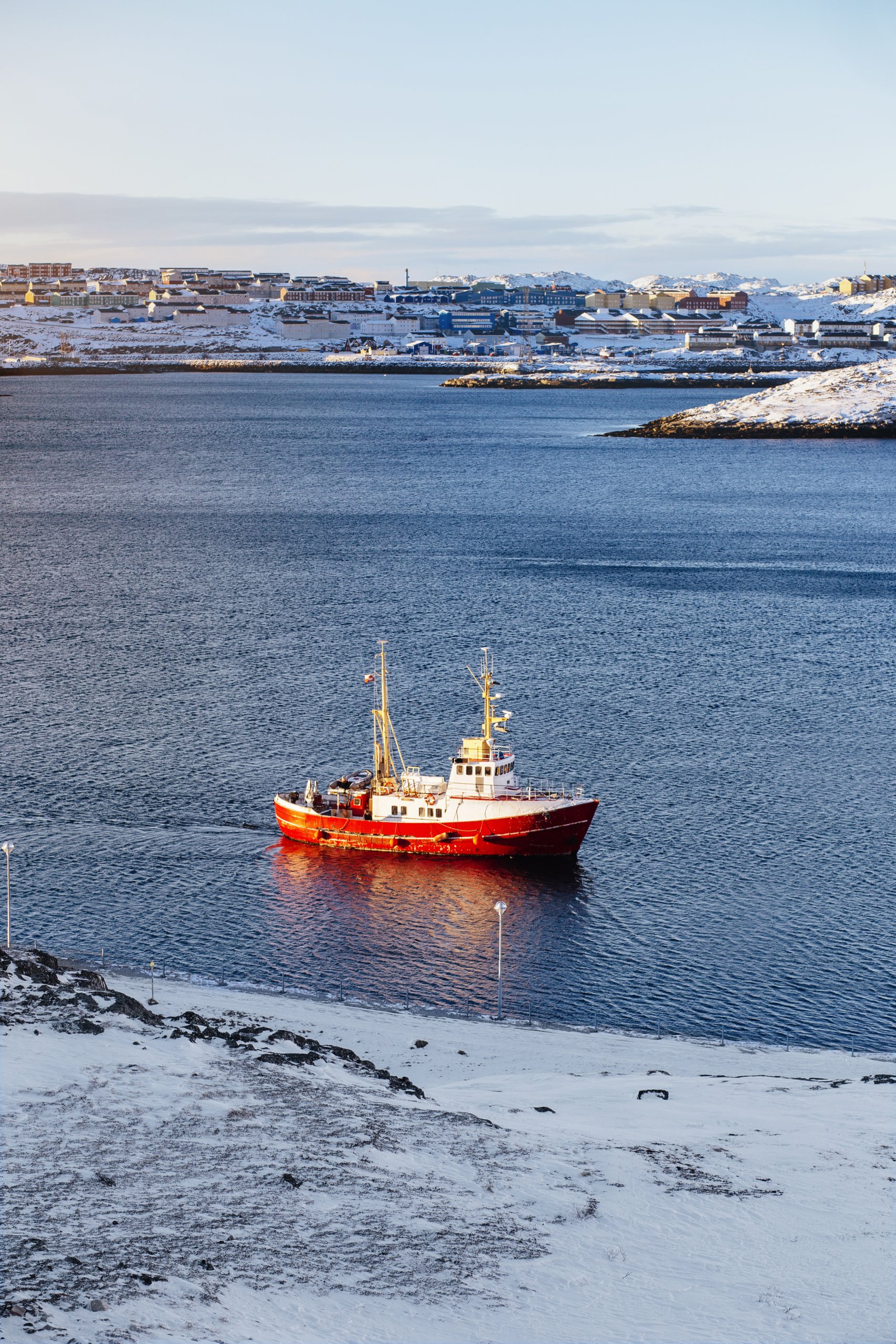Building the tools needed to assess and anticipate how different strategies might affect the whole fisheries ecosystem and establish the most effective recommendations for future fisheries management has been a core aim of SEAwise. To support this, our Evaluation of Fisheries Management Strategies theme has worked to bring together the knowledge developed across the project’s work themes to improve our ability to predict future effectiveness of management plans.
Drawing on previous research carried out under this theme and locating fisheries within the broader socio-ecological system, this report outlines work assessing the broader ecosystem impacts of existing management plans and alternative management strategies over time, testing case specific strategies related to key concerns within our regional cases.

As part of our efforts, a range of different climate and management scenarios were assessed, including measures relating to catch limits and efforts controls, gear changes, reduction in trawling effort, and spatio-temporal closures of specific areas. Grouped into five broad categories these were as follows:
According to our assessment, the effects of management measures and impacts of climate change varied significantly across regions, fleets and stocks, highlighting the need for context-specific, regionally tailored approaches. On the whole, climate change effects were mainly negative – however, some positive impacts were observed at the local-level for some areas (e.g. whiting in the North Sea).
We also found that the socio-ecological system was more resilient when fish populations were in good status, and this was generally realised when MSY or PGY approaches were implemented on top of full implementation of a landing obligation. Technical measures produced diverse outcomes across regions, signposting the importance of targeted implementation.
To summarise information from scenarios, Multi-Criteria Decision Analysis (MCDA) – a structured approach to help decision-makers rationally choose between multiple options where there are several, sometimes conflicting, options – was employed. This analysis also allowed for the identification of trade-offs and ranking of scenarios, based on the preferences of stakeholders. The employment of the analysis revealed that the ‘best management options’ were largely determined by regional priorities – whether economic or environmental.
This research demonstrates the need for regionally defined management measures, and for an evaluation of management impacts on fleets and stocks prior to implementation. It also highlights that decisions surrounding ‘best management’ will depend on priorities. These insights will be incorporated in SEAwise’s Toolbox and Tool, and integrated into recommendations for policymakers in support of practical realisation of EBFM in Europe, and further.
Read the full report here.
Stay up to date with SEAwise news and research, hear about upcoming events, and receive updates on fisheries news from across the European seascape.